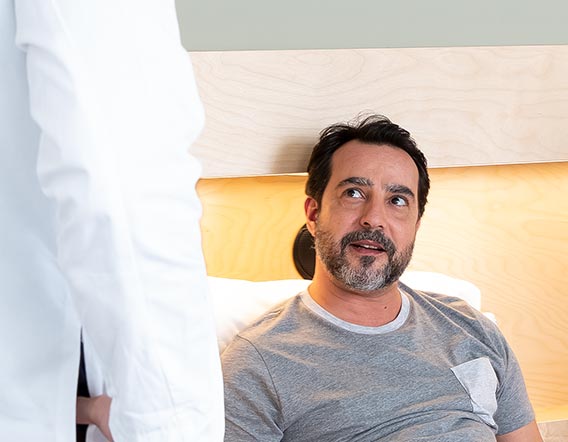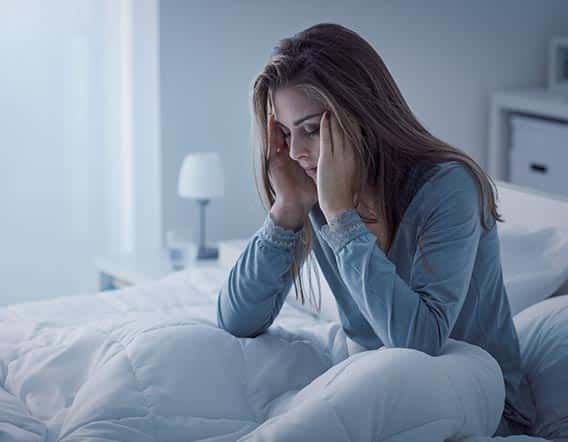Hypersomnia
Sleep disordersHypersomnia
What is it ?
Patients suffering from hypersomnia are primarily affected by excessive daytime sleepiness. This is a very disabling condition with a major impact on daily life.
Hypersomnia can take different forms such as sudden sleep onset, prolonged sleep duration with constant sleepiness or periods of sleepiness alternating with phases of normality.
Symptoms can be alleviated by drug treatments in combination with good sleep hygiene.
Patients’ symptoms can be treated, but hypersomnia cannot be cured.
The different types of hypersomnia
Primary (or central) hypersomnia means the disorder occurs on its own and is not caused by another condition. It can be broken down into three types: idiopathic hypersomnia, narcolepsy and Kleine-Levin syndrome.
Secondary hypersomnia is attributed to a medical or psychiatric condition, or is caused by the use of drugs or certain substances.
Idiopathic hypersomnia (IH)
Idiopathic hypersomnia is a chronic condition that results in excessive daytime sleepiness, often combined with long yet non-restorative naps. Despite good-quality – and often prolonged – night-time sleep, the subject has great difficulty waking up in the morning, feels confused and groggy, and can even fall back to sleep. This is called confusional arousal or « sleep drunkenness ». This condition is extremely rare and generally occurs between the ages of 16 and 21. Unlike narcolepsy, IH is characterised by the absence of cataplexy.
Narcolepsy
Narcolepsy is a rare sleep disorder that can occur from childhood. It is characterised by severe daytime sleepiness despite regular night sleep. A narcoleptic patient feels the irrepressible need to sleep at any time of the day, even in unusual situations. Some subjects also experience cataplexy, i.e. an abrupt loss of muscle tone, either total or partial, triggered by – usually positive – emotions. These episodes are quite brief, but can be spectacular. Furthermore, subjects may experience hallucinations and/or sleep paralysis when falling asleep or waking up.
Kleine-Levin syndrome (or recurrent hypersomnia)
Kleine-Levin syndrome (KLS) is a very rare disease. It occurs most often during adolescence, and affects men more than women. The syndrome is characterised by recurring episodes of daytime sleepiness that can last from a few days to several weeks. Between these episodes, sleep duration returns to normal and daytime sleepiness disappears. KLS is also characterised by cognitive, psychiatric and behavioural disorders. In most cases, subjects experience other symptoms such as apathy, confusion and derealisation (altered perception of reality). In other, less frequent cases, subjects can suffer from eating disorders, hypersexuality, depression, anxiety and hallucinations. In the long term, episodes of hypersomnia tend to become less frequent and sometimes disappear with age.
The consequences of hypersomnia
In most cases, hypersomnia disorders remain undiagnosed for a long time.
They can lead to difficulties at school or in the workplace as well as relationship problems and social isolation.
Furthermore, they significantly increase the risk of accidents.
Learn more
Daytime examinations

Pharmacology

 Share on facebook
Share on facebook
 Share on twitter
Share on twitter
 Share on linkedin
Share on linkedin
 Share by email
Share by email